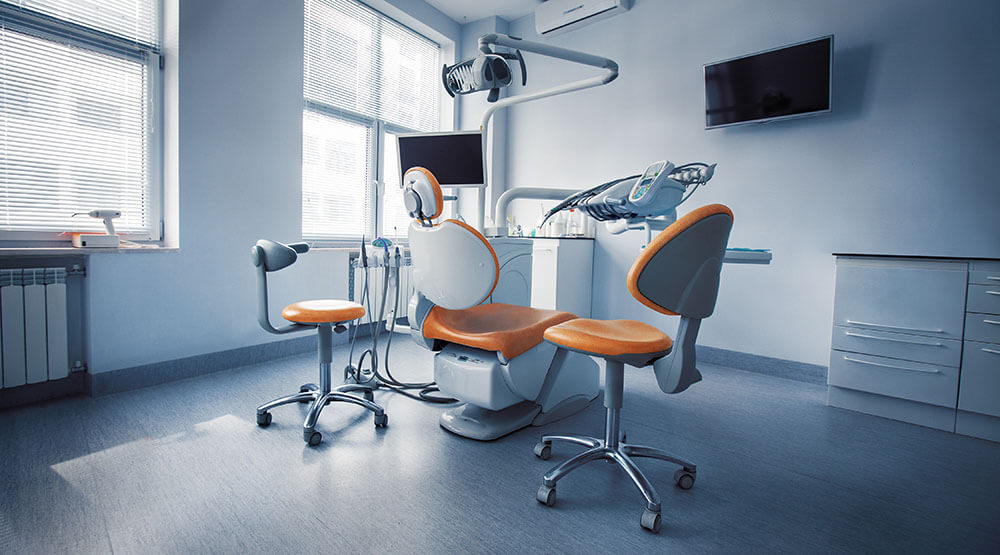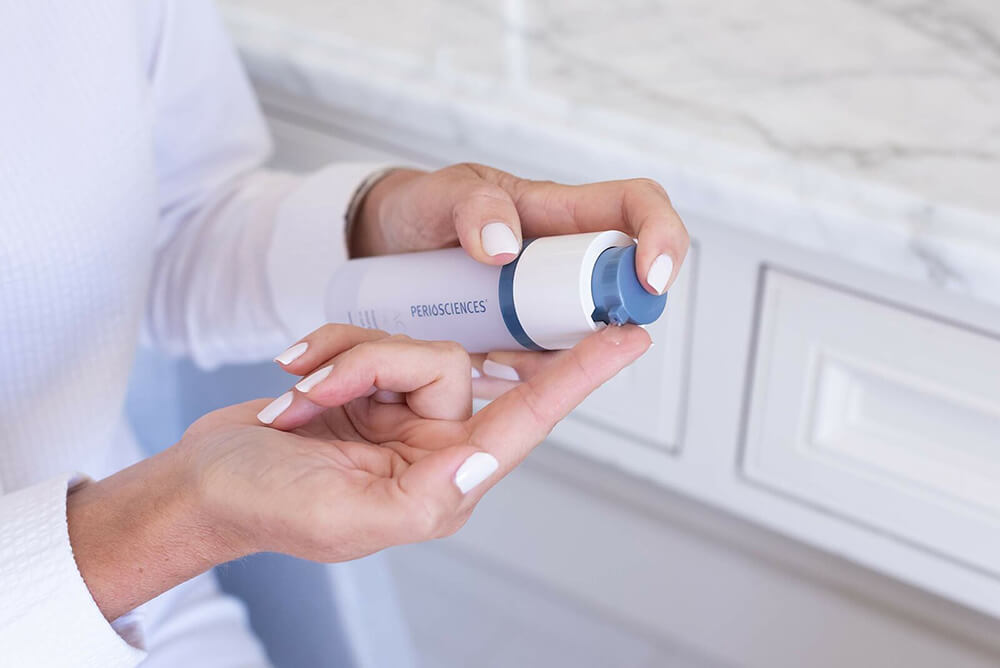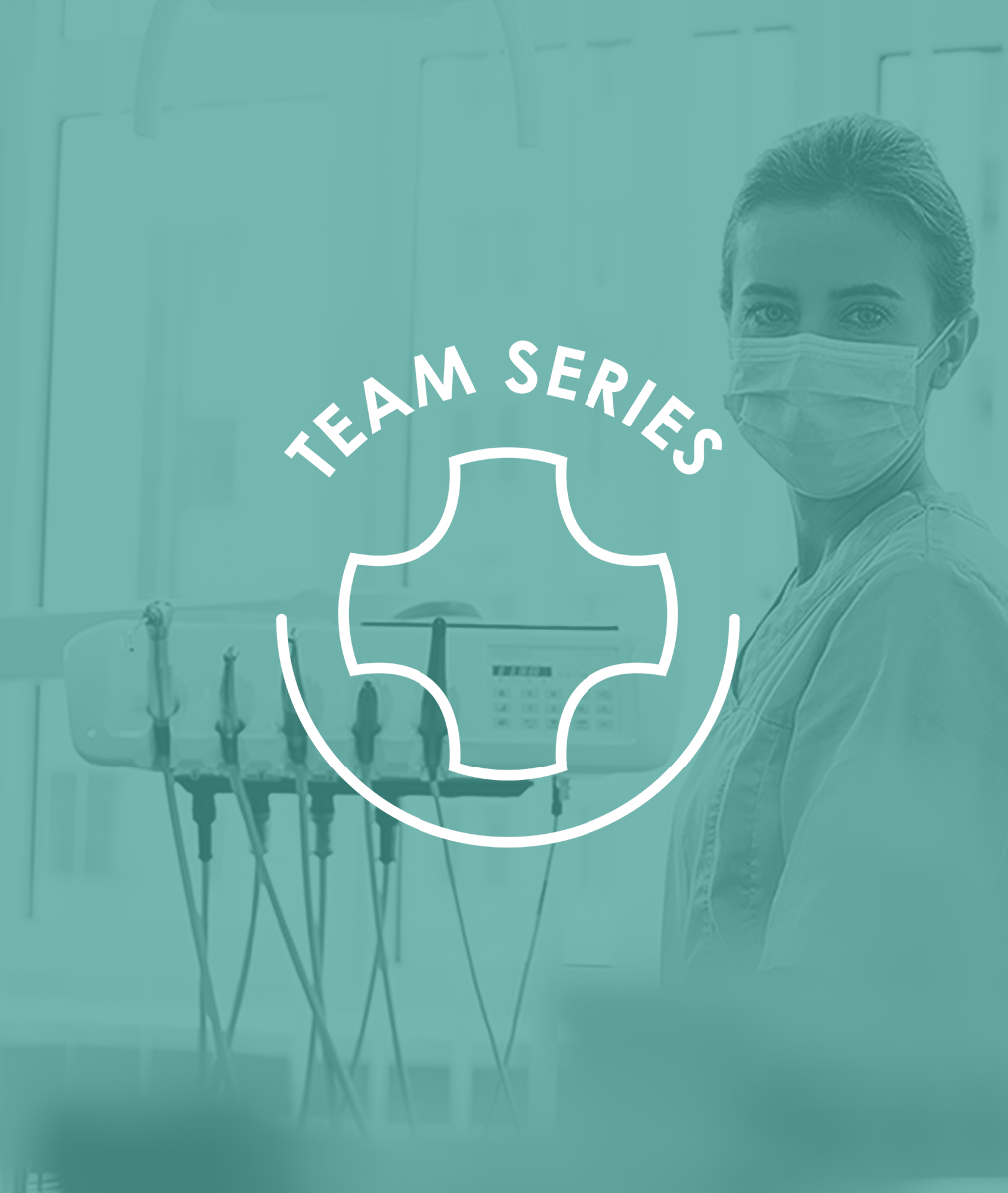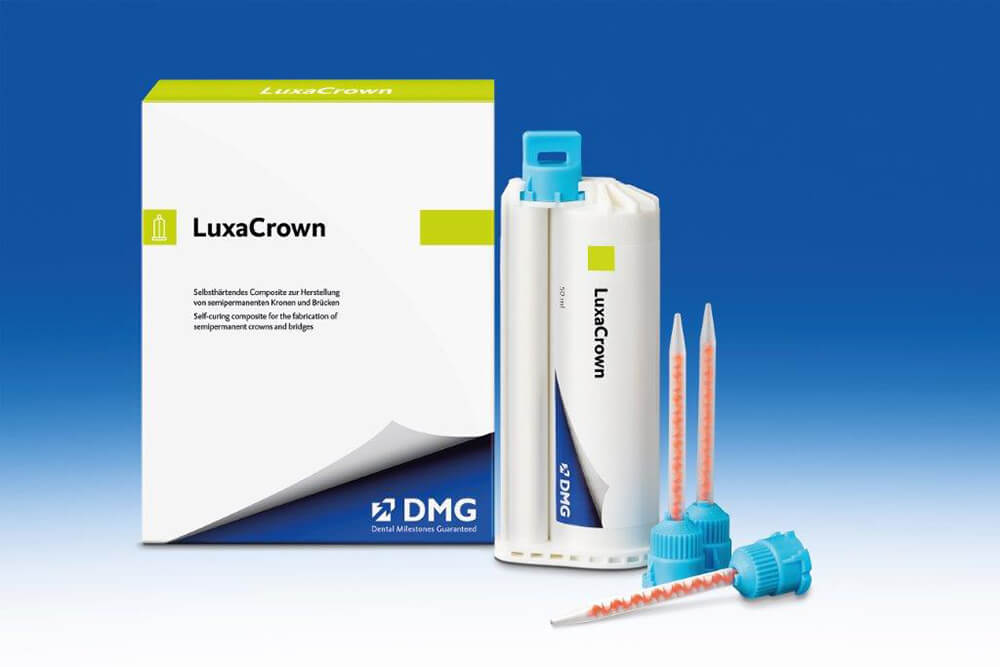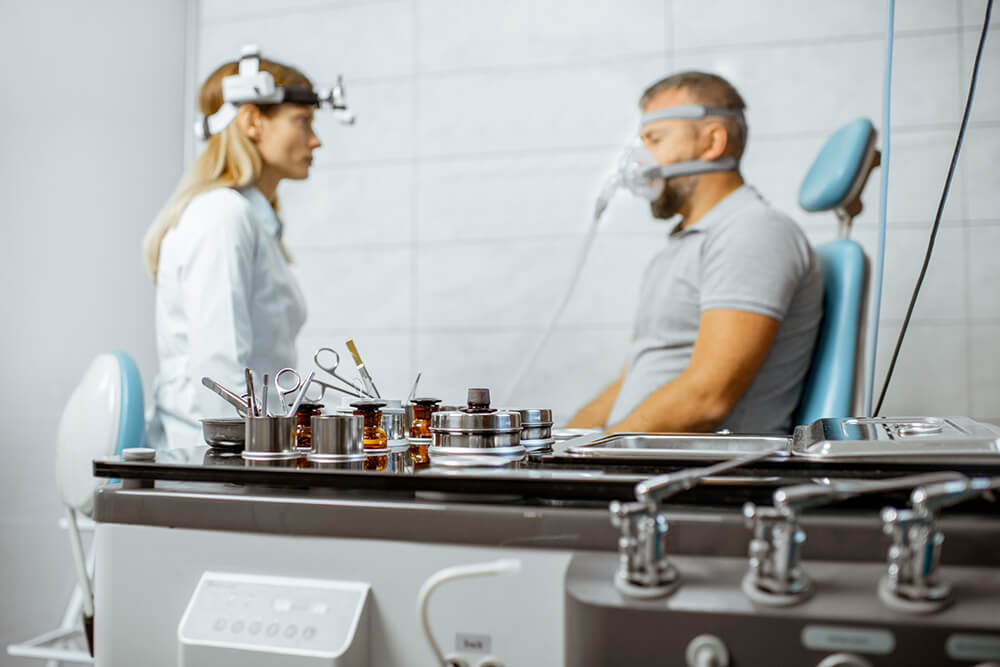My Office Is Closed. Now What?
Covid-19 is a true Black Swan event for everyone around the world. Suddenly all dentists are banned from practice, except for emergency care, for at least several weeks. We are all feeling the impact of this strange new virus. How we choose to respond will make a significant difference in the long term impact of this crisis on our lives and our practices. Here are some ideas and information that may be of some help.
Stay Positive
Yes, your office is closed, and your team members are not working. There is legislation in the works that will allow you to pay your team with funds from the government. Sit down with your team and reinforce that this situation will not go on forever. Life will return to a more normal scheme. You are not going out of business, and they will have a job.
Tell the Truth
Most of your team are hourly workers and this is really scary for them. Be honest about what you can and cannot do for your staff. Communicate openly with your staff and patient base. Make sure patients have access to you or a designated team member 24/7 if they need urgent care. Prepare your office totally for the event of having to care for someone with proper protocols and all the needed PPE. Take time to discuss what is happening with your family. Since church will not be an option for the near future, this might be a good time for some family prayer time. This is an opportunity to grow together and support one another and to demonstrate and ask for accountability.
Take Advantage of the Time Off
Are there projects that you have been putting off at home or the office? Could some of your team be doing a deep cleaning or re-organization at the office? Could you be setting up some additional team training that can be done within the parameters of safe spaces or by video? Doctor, how about taking advantage of some of the video and other CE at The Pankey Institute that is online?
Collaborate with Your Peers
Pick up the phone and call your friends. Share the information from the IRS. It is a big deal for your bottom line. Discuss putting together some group events when you can gather again. If you know of someone who needs a helping hand or some cheering up, just do it.
Look at the current situation as a learning experience in coping. Keep the big picture in mind. There may be lines in stores and some folks with a “me first” attitude about toilet paper. However, we have power, water and food. Let’s do what we need to do to get past this and move on. Stay safe, wash your hands and pay it forward.
Related Course
E1: Aesthetic & Functional Treatment Planning
DATE: January 23 2025 @ 8:00 am - January 26 2025 @ 2:30 pmLocation: The Pankey Institute
CE HOURS: 39
Dentist Tuition: $ 6800
Single Occupancy with Ensuite Private Bath (Per Night): $ 345
Transform your experience of practicing dentistry, increase predictability, profitability and fulfillment. The Essentials Series is the Key, and Aesthetic and Functional Treatment Planning is where your journey begins. Following a system of…
Learn More>
